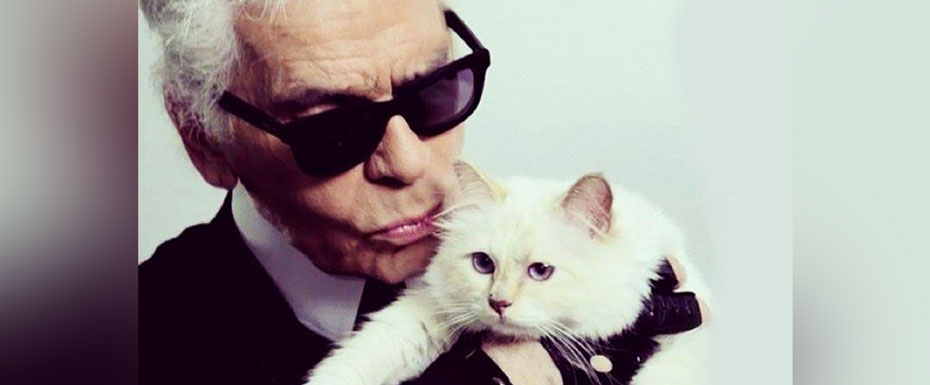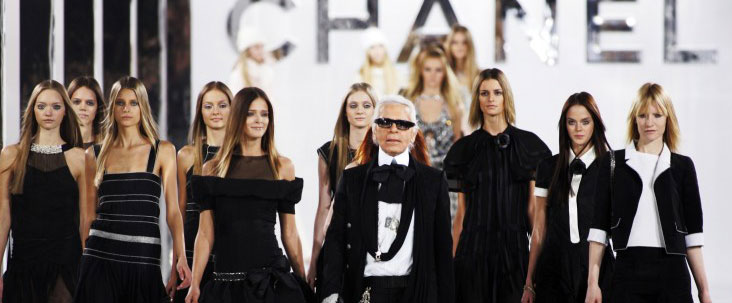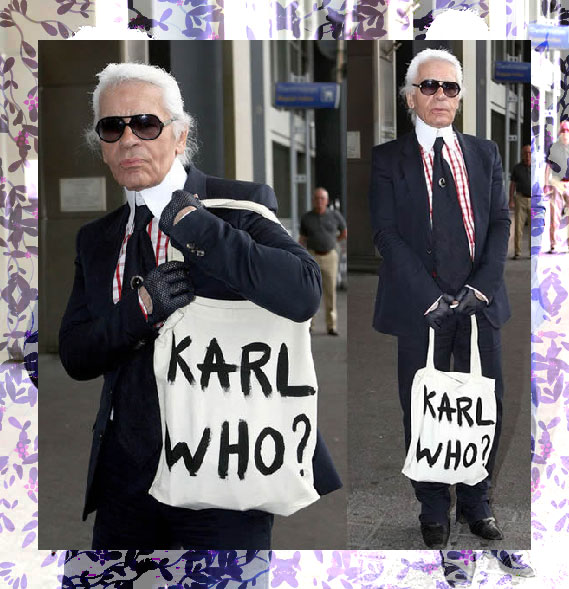
How much do you know about Karl Lagerfeld? Not much, except for his brand Chanel, right? Well, it’s time to find out more about this brilliant personality. Today, I will tell you how humankind remembered Karl Lagerfeld and what achievements will be synonymous with this name for many, many years ahead.
Karl Lagerfeld’s fortune is estimated from 300 to almost 500 million euros. He was one of the industry’s wealthiest fashion designers, with an annual income of around 50 million euros over the past few years. Besides, the couturier often collaborated with other brands and sold various accessories that were extremely popular among his fans: for example, a Karlbox pencil set cost $2,850. He also made money from his publishing house, L7.
Chanel
Lagerfeld’s main achievement is Chanel. The fashion house, founded in 1909, experienced a crisis in the middle of the last century: after the death of Coco Chanel, it lost its relevance, the brand’s clothing ceased to be “fashionable.” Lagerfeld became Chanel’s Creative Director in 1983, having previously worked with Pierre Balmain and released several collections for Chloe and Fendi.
His arrival at Chanel has significantly revived the fashion house. Lagerfeld did not abandon the beloved things – like the tweed jacket – but only updated it with new elements. The same applies to the company’s bags, which began to be produced in different colors. As a result, he completely revived Chanel in a few years and made the fashion house “fashionable” again.
And in recent years, Karl Lagerfeld has become the trendsetter of fashion shows. Chanel house performances and shoes were always considered exquisitely stylish and unusual. For example, in 2014, a supermarket was built to host a show. In 2015, the models went on “strike,” in 2016, to showcase the brand’s cruise collection, Lagerfeld took everyone to Cuba, and in March 2017, the models paraded around a massive rocket. Each such show was worth millions of dollars, which is extremely expensive (considering that Chanel held several shows annually). Still, the fashion house willingly gave money – Lagerfeld’s collections brought much more.
Chanel’s revenue in 2018 amounted to $9.6 billion. Only two companies can boast of a better result – Louis Vuitton and Gucci (more than $10 billion each). At the same time, Chanel is an independent fashion house, while Louis Vuitton is part of the LVMH group, and Gucci is part of the Kering holding. Lagerfeld managed to bring Chanel to the top of the most expensive luxury brands: it is estimated at $20 billion, and only Louis Vuitton is even more costly – $28 billion.
Fendi
Lagerfeld is an example of how one person can associate their name with one brand for life. He joined Fendi in 1965 and since then has been the head of the Italian fashion house. As in Chanel’s case, he managed to achieve serious success in popularizing the brand, but many remember him for another reason – fur.
The Fendi brand has always been famous for its fur coats’ collections, and Lagerfeld kept this tradition till the very end. At the beginning of the 2000s, when animal welfare organizations began to criticize him for using natural fur, he did not stop doing it and bluntly stated that he was not going to avoid using fur in the future. And when in 2018, the Fendi fashion house finally abandoned fur products (fur coats are only made for private clients), Lagerfeld said that the reason was not the pressure from public organizations, but a drop in demand – if not for this factor, he would continue to create fur products.
Hobbies
 One of Lagerfeld’s greatest passions was books. According to some reports, his library was about 300,000 volumes. Lagerfeld even had his own publishing house, L7, which publishes books on art, fashion, etc.
One of Lagerfeld’s greatest passions was books. According to some reports, his library was about 300,000 volumes. Lagerfeld even had his own publishing house, L7, which publishes books on art, fashion, etc.
Photography was another hobby of the fashion designer.
Lagerfeld is also one of the most ardent supporters of creating a cult of supermodels, which originated in the last century. Among the brightest stars of that time were Cindy Crawford and Claudia Schiffer, and model and actress Cara Delevingne became one of Carl’s “favorites.” The fashion designer was actively supporting supermodels, inviting them to Chanel and Fendi shows, making them the faces of brands, and filming in advertising campaigns.
But most of all, many will remember the image of Lagerfeld himself. Big black glasses all over his face, which he rarely took off, a ponytail hairstyle, white hair, and a uniform dress style. No other designer in the world has such an established image as Karl Lagerfeld.





